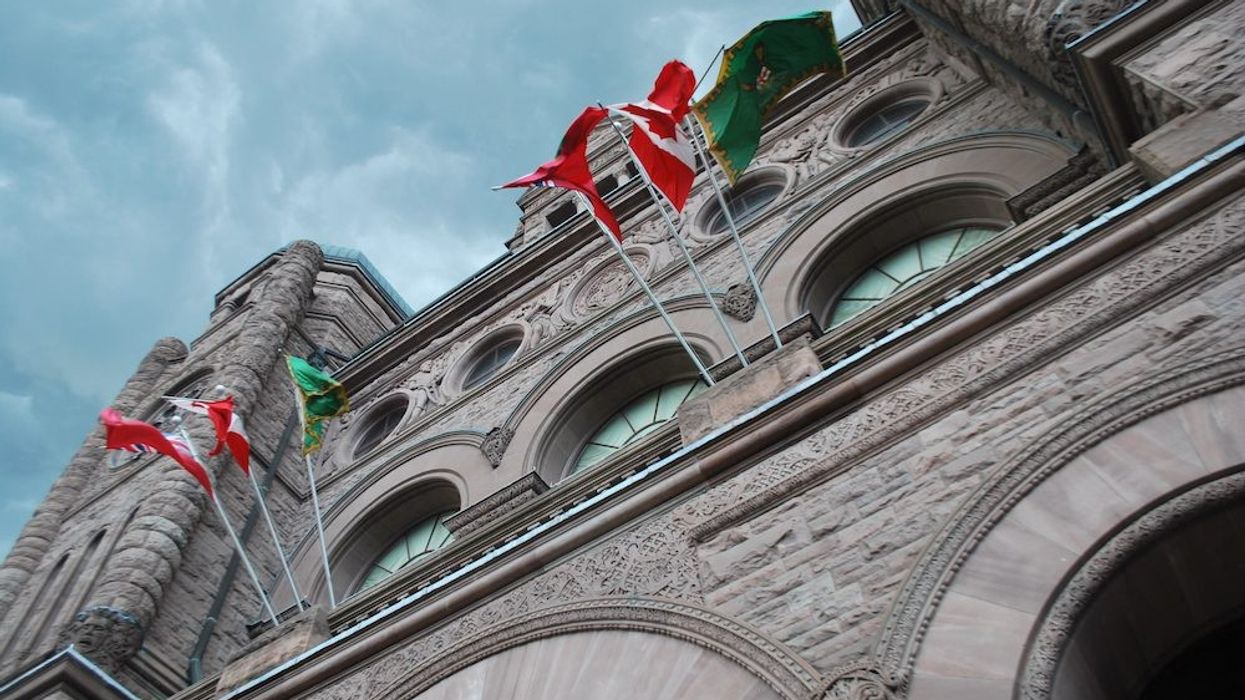Regardless of who wins the provincial election next week, the affordable housing crisis is here to stay. Despite the good intentions and earnest pronouncements, no single administration can ease the pain of putting a roof over one’s head.
Canada, let alone Ontario, has lost the housing battle. Regaining control of the file will require the combined efforts of all three levels of government and billions of dollars.
In the meantime, provincial political parties are left to bicker over details of plans focused on smaller and smaller elements of a much larger equation. Though the four main parties agree that lack of supply, zoning regulations and NIMBYism are major obstacles, the real issue runs deeper still.
READ: “We’ve Got a Lot of Work Ahead of Us”: Housing Minister Steve Clark on Ontario’s Supply Challenges
The task we face in taking back housing from the private sector means returning it, if only in part, to its declared status as a human right. But in a rentier economy like ours, increasingly oriented to the demands of those who own or control scarce resources, housing has become a commodity bought and sold like securities at a stock exchange. And so although wages have failed to keep pace with the cost of living, the average price of a home has risen fully 44% in the last two years alone.
Focus on Processes, Not Promises
Conservatives, Liberals and New Democrats, focused on supply, all promise to build 1.5M units over the next decade. The Greens would build 182,000 homes. That’s great; but how many of these new houses will actually be affordable? The development industry is very good at residential construction; it can throw up suburban subdivisions and condo towers in the blink of an eye.
But boosting the speed of construction means changing the rules. Approval processes will have to be faster and adding density will necessitate new zoning regulations. Unfortunately, moving beyond the hegemonic mindset of exclusionary single-family zoning won’t be easy, especially in Toronto where residential neighbourhoods are sacrosanct and NIMBY forces organized and empowered.
The Blame Doesn’t Lie with City Planning
Doug Ford has been quick to finger city planning as one of the main causes of the affordability crisis. This is nonsense, of course, but there’s no question the process could be improved. Liberal leader Steven Del Duca also has thoughts about municipal approval processes. He has suggested he’d allow houses with three units to be built as of right and as high as two storeys, which hardly sounds radical.
READ: Ontario Needs More Supply. But Slashing Planning Rules is Too Steep a Price
Del Duca also wants housing built on “poorly used strip malls, land held for speculation and available government properties.” Speaking of property assemblers, Del Duca says he’d introduce “use it or lose it” levies to stop developers from letting serviced land sit vacant for years at a time. Not only does this make sense, it raises the question of why approvals were ever more than temporary in the first place.
The problem is that most of this promised housing would be beyond the reach of first-time buyers. Without subsidies from federal, provincial and municipal governments, there’s little reason to believe all this proposed construction would affect affordability. The NDP would provide loans to first-time buyers with a combined income of less than $200,000 of up to 10% of the purchase price.
But already a quarter of houses are sold to people who own two or more properties. Which is why the Greens want to impose a 20% speculation tax on multiple homeowners purchasing new houses.
Then, of course, there’s the issue of rental accommodation. Both the NDP and Green parties would bring back rent as well as vacancy controls. This would stop “renovictions” and give tenants more security of possession. The Liberals are on board with rent controls but draw the line at vacancy controls. The PCs, who eliminated rent controls on apartment buildings built after 2018, are content to stay with the status quo.
And so it goes... The Greens and the NDP have the most convincing platforms, but neither is likely to form government on June 2. The Tories would continue with MZOs to reduce municipal input as much as possible but otherwise leave things pretty much as they are. True to form, the Liberals are somewhere in between the extremes of left and right.
What this means is that housing will likely remain out of reach for first-time buyers without access to the Bank of Mom and Pop. Experts tell us that even with high-paying jobs, young couples would have to save for more than 20 years to put together a down payment. And in the meantime, rents just go up and up.
None of the parties are overly interested in other forms of housing -- co-ops, community housing, multiple ownerships and so on. Though successful in Europe, Canadians remain committed to home ownership.
But, in fact, Canada has proven itself capable of dealing with housing crises that have bedevilled the country for decades. During and after World War Two, for example, the federal government built thousands of units for veterans and war workers. Yet despite its success, the program was dismantled in 1947 and housing was handed over to the private sector.
Philosophically, little has changed. Undiminished, our faith in the market has come back to kick us where it hurts -- the wallet. Even if there was housing enough for all Canadians, we couldn’t afford it.





















